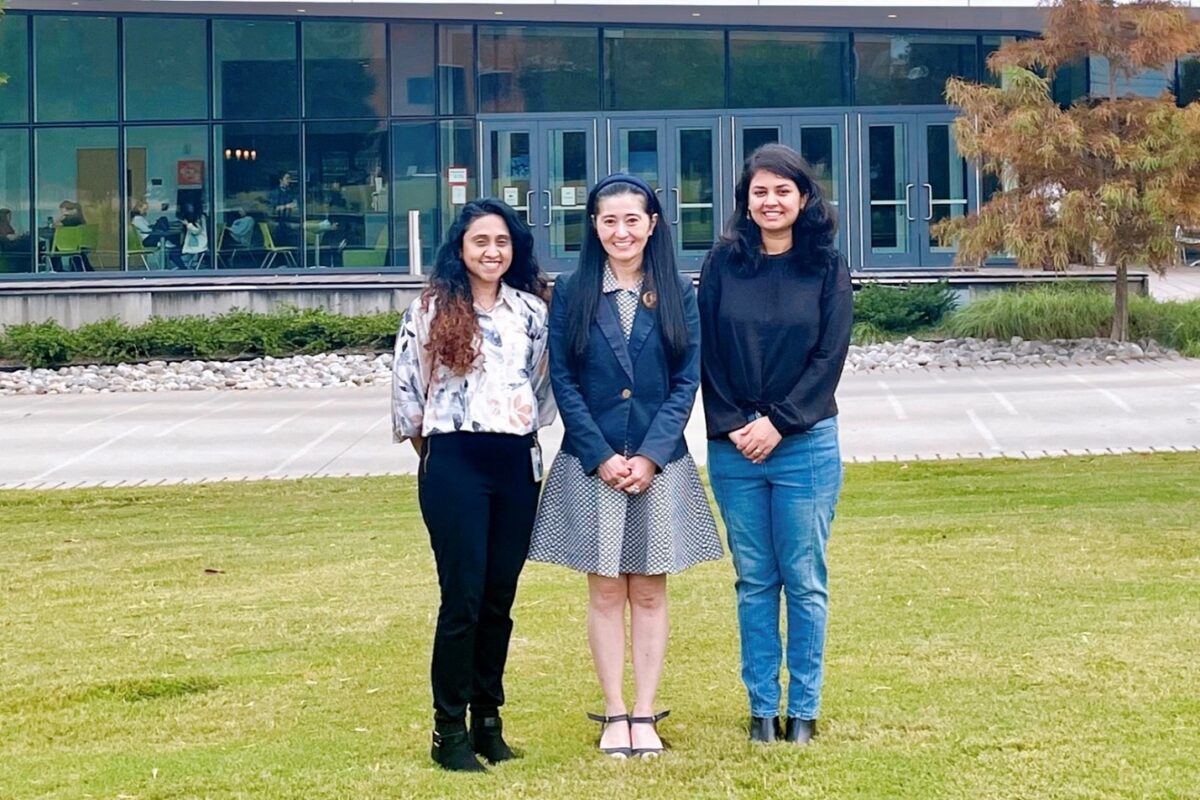Author: Dr. Yu Takeuchi
Non-native pests and diseases pose a risk of economic and environmental damage to managed and natural U.S. forests and agriculture. To help respond to pest and disease threats, CIPM and USDA APHIS PPQ have been collaborating to develop a modeling framework called “Spatial Analytic Framework for Advanced Risk Information Systems” (SAFARIS). SAFARIS is a web-based framework that incorporates historical, current and future climate data, pest biology, and other critical datasets to provide a seamless environment for plant pest prediction models and analytic tools. Dr. Takeuchi from CIPM and Dr. Tripodi and Dr. Montgomery from PPQ recently published a paper in Frontiers in Insect Science together describing SAFARIS. In this paper, we describe how we build SAFARIS, demonstrate how it is used to create pest climate suitability maps and pest forecasts to support PPQ programs, and the future directions for the SAFARIS development.
Phenology Models
A phenology model predicts the timing of an organism’s developmental stages based on its exposure to adequate temperatures over time. We highlighted the PestCAST model for spongy moth (Lymantria dispar L.) to demonstrate how SAFARIS is providing early warning guidance. To provide early warning guidance for spongy moth operational decisions, PestCAST forecasts for the beginning of adult emergence and for the period after adult emergence has ended and adults are no longer active (post–adult emergence). PestCAST predictions are used to schedule surveys and treatment applications and to help raise public awareness on when to expect to see pests in the field. In addition, PestCAST generates national maps daily in an easy-to-share PDF format that can be downloaded from the SAFARIS website.
Figure 1. Spongy moth PestCAST: PestCAST predicts the current, the next 7- and 30-day spongy moth stages using the phenology model with near real-time weather information, 7-day weather forecasts, and historical weather data. The interactive mapping system allows users to obtain detailed information on specific locations and compare the current conditions with previous years.
Pest Climate Suitability Models
The Cooperative Agricultural Pest Survey (CAPS) program conducts non-native plant pest surveys through a national network of cooperators and stakeholders to protect American agriculture and natural resources. Because CAPS pests do not occur in the United States, the SAFARIS climate suitability maps help support survey planning and prioritization by showing where pests could establish. Each model is customized with pest-specific information that reflects known temperature tolerances, moisture requirements, or other physiological requirements for growth and survival. The models for the CAPS pests tend to overestimate due to high uncertainty associated with pest adaptability when the CAPS pests are introduced to a new environment but identify unsuitable areas with high certainty so that the regulatory agency can allocate resources efficiently.
Future Directions
Climate impacts agriculture and is constantly changing. It is important to use the most recent years of weather data rather than average historical data to predict what is likely to happen within the next few years. Climate Change increases the frequency and intensity of extreme weather events. And these extreme events are expected to significantly influence some of the agricultural pests. Therefore, it is important to develop analytic approaches using long-term climate projections to understand the potential changes in pest establishment and impacts. Extreme weather events affect each species differently. Some pests may not have any noticeable impacts, while others might have significant impacts. Understanding the impacts involves with assessing and communicating uncertainty. It is a challenging task; however, these models will support not only the regulatory agencies but also American farmers and land managers to manage U.S. agriculture and natural resources efficiently.
SAFARIS Developer Team (Ms. Ann Smittu Joseph, Dr. Yu Takeuchi, and Ms. Nimisha Tripathi)


